Mechanical energy is a form of energy that is associated with the motion and position of an object. It can be converted into various other forms of energy, including sound energy. Sound energy is a type of kinetic energy that is produced when an object vibrates, causing the particles in the surrounding medium (such as air, water, or solids) to vibrate as well. This vibration creates sound waves, which travel through the medium and can be detected by our ears. In this article, we will explore some examples of how mechanical energy can be converted into sound energy, highlighting the fascinating ways in which energy can be transformed and utilized.
Key Takeaways
- Mechanical energy can be converted into sound energy through various mechanisms such as vibrating objects or air compression.
- Examples of mechanical to sound energy conversion include musical instruments, speakers, and sirens.
- The conversion process involves the transfer of energy from the mechanical system to the surrounding air, resulting in the creation of sound waves.
- Understanding the principles of mechanical to sound energy conversion is essential in designing and optimizing devices that produce or utilize sound.
Examples of Mechanical Energy
Mechanical energy is a form of energy that is associated with the motion and position of an object. It can be converted into other forms of energy, such as sound energy. In this section, we will explore some examples of how mechanical energy is converted into sound energy in various devices and instruments.
Drums
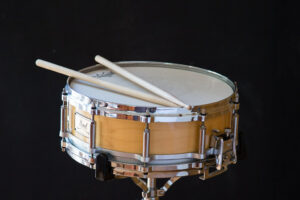
Drums are a popular musical instrument that produce sound through the conversion of mechanical energy. When a drummer hits the drumhead with a drumstick, the mechanical energy from the motion of the stick is transferred to the drumhead. The drumhead then vibrates, creating sound waves that travel through the air and reach our ears.
Stereo Speakers
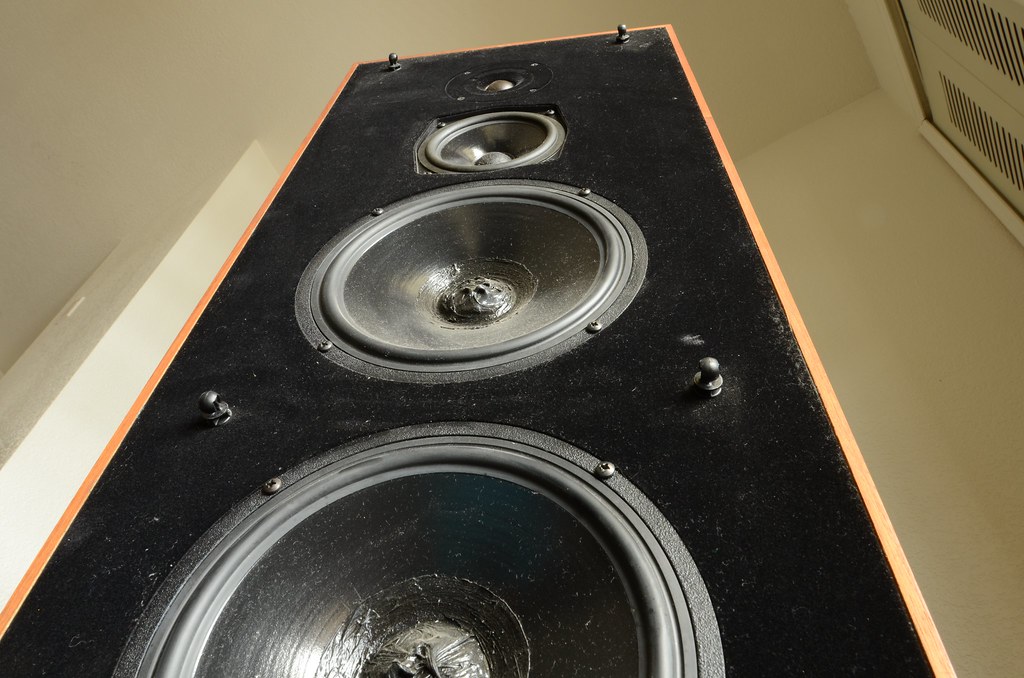
Stereo speakers are another example of a device that converts mechanical energy into sound energy. Inside a speaker, an electric current is passed through a coil of wire, known as the voice coil. This current creates a magnetic field that interacts with a permanent magnet, causing the voice coil to move back and forth. As the voice coil moves, it pushes against a diaphragm, which in turn produces sound waves.
Motor
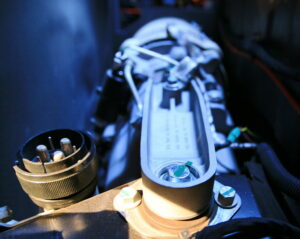
Motors are commonly found in various devices and machinery. While their primary function is to convert electrical energy into mechanical energy, they also produce sound energy as a byproduct of their mechanical process. When a motor is connected to an electric power supply, it undergoes rotational motion, which can generate noise due to the mechanical components moving and interacting with each other.
Hanging Bell
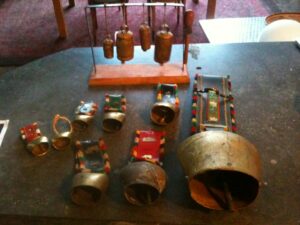
A hanging bell is a classic example of how mechanical energy can be converted into sound energy. When a bell is struck with a force, it vibrates, producing sound waves. The mechanical energy from the force applied to the bell is transformed into sound energy as the bell vibrates and creates audible vibrations in the surrounding air.
Ring Bell
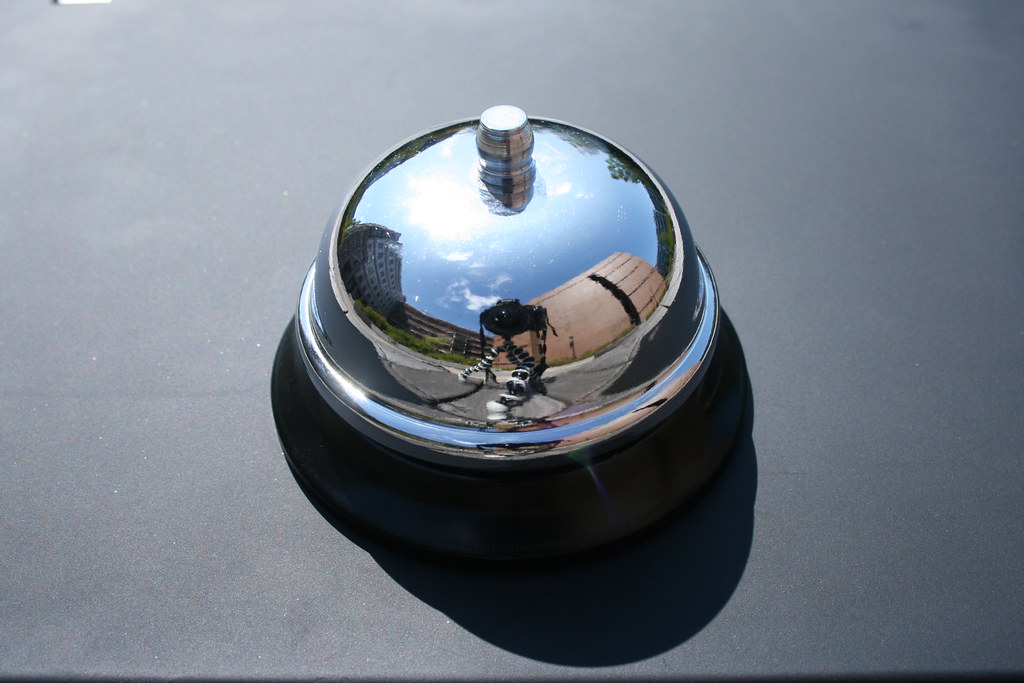
Similar to a hanging bell, a ring bell also converts mechanical energy into sound energy. When a bell is clicked, it produces a sound by vibrating. The mechanical energy from the click is transferred to the bell, causing it to vibrate and generate sound waves.
Whistle
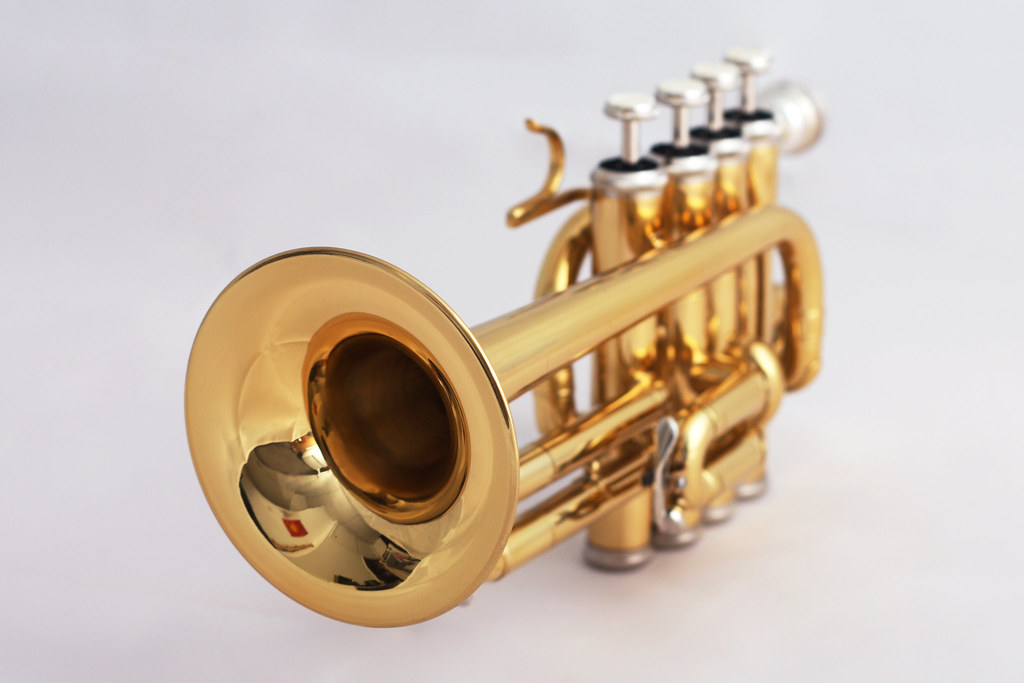
A whistle is a small device that converts mechanical energy into sound energy when blown. When air is blown into a whistle, it passes through a narrow opening, creating a high-velocity stream of air. This stream of air causes the whistle’s internal components to vibrate, producing sound waves that we hear as a whistle sound.
Trumpet
The trumpet is a brass instrument that converts mechanical energy into sound energy through the process of blowing air into it. When a musician blows air into the trumpet‘s mouthpiece, the air vibrates within the instrument, creating sound waves. The mechanical energy from the musician’s breath is transformed into sound energy as the trumpet amplifies and resonates the vibrations of the air.
String Instruments
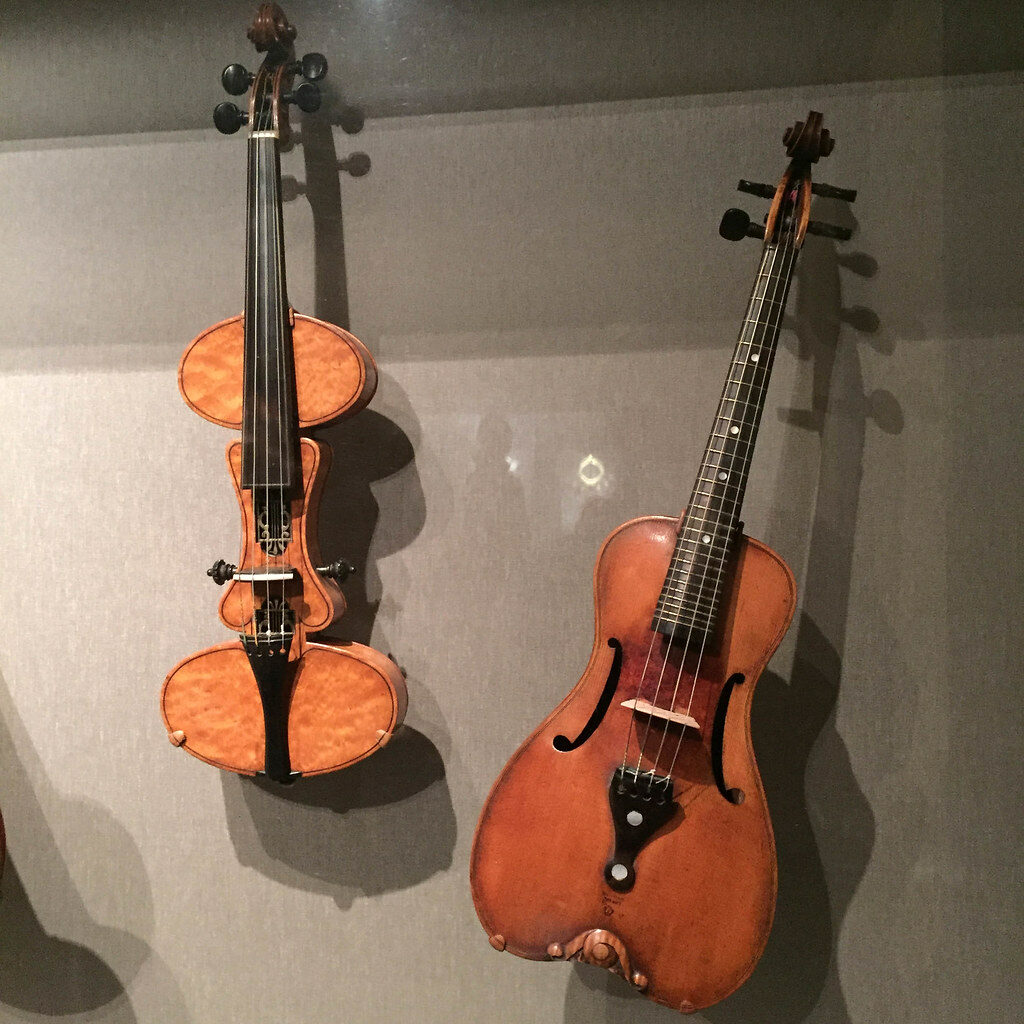
String instruments, such as guitars, violins, and pianos, convert mechanical energy into sound energy through the vibrations of their strings. When a musician plucks, bows, or strikes the strings of these instruments, the strings vibrate, producing sound waves. The mechanical energy from the musician’s actions is converted into sound energy as the vibrations of the strings resonate and create music.
In conclusion, these examples demonstrate how mechanical energy can be converted into sound energy in various devices and instruments. Understanding the principles behind these conversions is crucial in fields such as physics, where the study of energy transfer and conversion is essential. By harnessing the power of mechanical systems and the physics of sound production, we can create and enjoy the wide range of sounds that surround us.
Tuning Fork
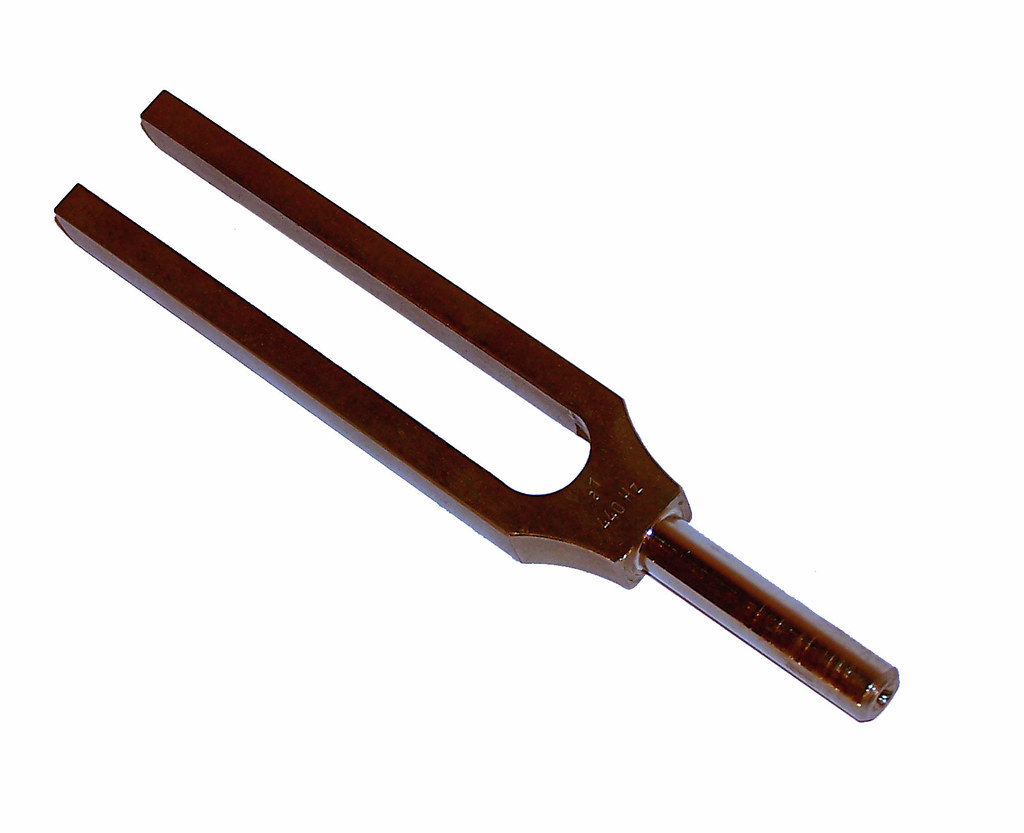
A tuning fork is a small, two-pronged device that produces a specific sound when struck against a surface. It is an excellent example of how mechanical energy can be converted into sound energy. Let’s take a closer look at how a tuning fork produces sound energy when hit on a surface.
When you strike a tuning fork against a hard surface, it vibrates rapidly, creating mechanical vibrations. These vibrations travel through the prongs of the tuning fork, causing the air molecules around it to vibrate as well. As a result, sound waves are produced.
The process of converting mechanical energy into sound energy in a tuning fork is fascinating. It involves the principles of physics, specifically the physics of vibrations and waves. The tuning fork acts as a transducer, which is a device that converts one form of energy into another.
The vibrations produced by the tuning fork are transferred to the surrounding air molecules, causing them to vibrate at the same frequency. This vibration creates a series of compressions and rarefactions in the air, which we perceive as sound. The specific frequency at which the tuning fork vibrates determines the pitch of the sound produced.
The sound produced by a tuning fork is relatively pure and has a distinct tone. This is because the prongs of the tuning fork vibrate at a specific frequency, creating a single, dominant wavelength. The shape and size of the prongs also play a role in determining the quality of the sound produced.
Tuning forks have various applications in different fields. In music, they are commonly used to tune musical instruments. By striking a tuning fork and comparing the pitch of its sound to that of an instrument, musicians can adjust the instrument’s tuning accordingly. Tuning forks are also used in scientific experiments and demonstrations to study the properties of sound waves and vibrations.
In summary, a tuning fork is a simple yet fascinating device that demonstrates the conversion of mechanical energy into sound energy. By striking the tuning fork against a surface, it vibrates and produces sound waves. This process involves the principles of physics and the transfer of vibrations through the air. Tuning forks have practical applications in music and scientific research, making them an essential tool for understanding the nature of sound.
Examples of Electrical Energy to Mechanical, Wind, and Sound Energy
When it comes to energy conversions, there are various fascinating examples of how electrical energy can be transformed into mechanical, wind, and sound energy. Let’s explore some of these examples below.
Mechanical Energy Conversion
Mechanical energy is the energy possessed by an object due to its motion or position. It can be produced by devices that convert electrical energy into mechanical energy. One common example of this conversion is the electric motor. Electric motors are found in numerous applications, from household appliances to industrial machinery. They work by using electrical energy to create a rotating magnetic field, which in turn generates mechanical energy to drive the motor’s motion.
Wind Energy Conversion
Wind energy is a form of kinetic energy that can be harnessed and converted into useful mechanical energy. Wind turbines are devices that convert the kinetic energy of the wind into mechanical energy. These turbines consist of large blades that rotate when the wind blows. The rotation of the blades drives a generator, which then converts the mechanical energy into electrical energy. Wind turbines are commonly used in wind farms to generate electricity on a large scale.
Sound Energy Conversion
Sound energy is a type of mechanical energy that is produced by vibrations. It can be converted from electrical energy using devices such as speakers. Speakers work by converting electrical signals into sound waves. When an electrical current flows through a speaker, it causes a diaphragm to vibrate, which in turn creates sound waves. These sound waves then travel through the air and reach our ears, allowing us to hear the sound produced.
Examples in Everyday Life
Energy conversions from electrical energy to mechanical, wind, and sound energy can be found in many everyday objects and activities. For instance, consider the ringing of a doorbell. When you press the doorbell button, an electrical circuit is completed, and electrical energy is converted into mechanical energy. This mechanical energy causes a small hammer to strike a bell, producing a sound.
Another example is musical instruments. Instruments like drums and guitars rely on energy conversions to produce sound. When a drum is struck, the mechanical energy from the drumstick is converted into sound energy as the drum vibrates. Similarly, when a guitar string is plucked, the mechanical energy of the string‘s vibrations is converted into sound energy.
In conclusion, the conversion of electrical energy into mechanical, wind, and sound energy is a fascinating process that occurs in various devices and activities. From electric motors to wind turbines and speakers, these examples demonstrate the diverse applications and principles of energy conversion in the field of physics. Understanding these conversions helps us appreciate the interconnectedness of different forms of energy and their role in our daily lives.
Instruments Tuning
When it comes to producing beautiful music, tuning instruments plays a crucial role. Tuning ensures that the mechanical energy generated by the instrument is properly converted into sound energy. Let’s delve into the importance of tuning instruments and how it affects the conversion process.
The Importance of Tuning Instruments
Tuning instruments is essential because it ensures that the sound produced is accurate and pleasing to the ear. When an instrument is out of tune, it can create dissonance and make the music sound unpleasant. By tuning the instrument, we align the frequencies of the different components, allowing them to work harmoniously together.
The Conversion Process
Instruments rely on mechanical energy to produce sound. This mechanical energy is generated through various means, such as plucking a string, striking a drum, or blowing air into a wind instrument. However, for this mechanical energy to be transformed into sound energy, the instrument needs to be properly tuned.
Tuning String Instruments
Let’s take the example of a string instrument, like a guitar. When a string is plucked, it vibrates at a specific frequency, producing a sound wave. The length, tension, and thickness of the string determine the frequency at which it vibrates. By adjusting the tension of the string through tuning, we can ensure that it produces the desired pitch.
Tuning Wind Instruments
Wind instruments, on the other hand, rely on the player‘s breath to create vibrations. The length and size of the instrument’s tubing determine the pitch it produces. By adjusting the length of the tubing through valves or fingerings, the player can tune the instrument to the desired pitch.
Tuning Percussion Instruments
Percussion instruments, like drums, produce sound through the vibrations of a stretched membrane. By tightening or loosening the drumhead, we can control the tension and, consequently, the pitch of the sound produced. Tuning drums ensures that they are in harmony with the other instruments in an ensemble.
The Role of Tuning in Ensembles
In an ensemble or orchestra, it is crucial for all instruments to be in tune with each other. This ensures that the collective sound is harmonious and pleasing. Tuning instruments before a performance or rehearsal allows the musicians to synchronize their pitches, creating a cohesive and balanced sound.
The Art of Tuning
Tuning instruments is both a science and an art. It requires an understanding of the physics of sound and the principles of harmonics. Tuners, whether electronic or manual, are used to assist in achieving accurate tuning. However, the skill of a musician in discerning and adjusting the pitch by ear is invaluable.
Conclusion
Tuning instruments is a vital aspect of music production. It ensures that the mechanical energy generated by the instrument is converted into pleasing sound energy. Whether it’s string instruments, wind instruments, or percussion instruments, tuning allows musicians to create harmonious music that resonates with listeners. So, the next time you hear a beautiful melody, remember the importance of tuning in bringing that music to life.
Conclusion
In conclusion, the conversion of mechanical energy to sound energy is a fascinating process that occurs in various everyday scenarios. Whether it’s the strumming of a guitar string, the vibrations of a drumhead, or the movement of air molecules in a speaker, mechanical energy is transformed into sound waves that we can hear. This conversion is made possible by the transfer of energy from one form to another, highlighting the interconnectedness of different types of energy. Understanding how mechanical energy is converted into sound energy not only deepens our appreciation for the world around us but also sheds light on the fundamental principles of physics and the wonders of acoustics. So, the next time you tap your fingers on a table or listen to your favorite song, remember that behind the scenes, a remarkable transformation of energy is taking place, bringing the joy of sound to our ears.
Frequently Asked Questions
1. What is tuning?
Tuning refers to the process of adjusting the pitch or frequency of an instrument to ensure it produces the desired sound. It involves adjusting the tension, length, or position of the strings, reeds, or other components of the instrument.
2. How do you tune instruments?
Instruments can be tuned using various methods, depending on the type of instrument. For example, string instruments like guitars or violins can be tuned by adjusting the tension of the strings. Other instruments may require adjusting the position or length of certain components.
3. What are some examples of mechanical energy?
Mechanical energy is the energy possessed by an object due to its motion or position. Some examples of mechanical energy include a moving car, a swinging pendulum, a spinning top, a bouncing ball, and a rotating wind turbine.
4. Can you give an example of mechanical energy?
Certainly! One example of mechanical energy is a roller coaster. As the coaster moves along the track, it possesses both kinetic energy (due to its motion) and potential energy (due to its height above the ground). These forms of energy are part of its mechanical energy.
5. Is sound considered mechanical energy?
Yes, sound is a form of mechanical energy. It is produced by the vibrations of objects, such as vocal cords or guitar strings. These vibrations create waves that travel through a medium, such as air or water, and are detected by our ears as sound.
6. How does mechanical energy convert into sound energy?
Mechanical energy can be converted into sound energy through a process called transduction. For example, when a guitar string is plucked, it vibrates, creating mechanical energy. This mechanical energy is then transferred to the surrounding air as sound waves, producing sound energy.
7. What are some devices that convert mechanical energy into sound energy?
There are various devices known as transducers that convert mechanical energy into sound energy. Examples include speakers, microphones, musical instruments, and even human vocal cords. These devices convert mechanical vibrations into sound waves for sound production or amplification.
8. What is the principle behind sound production in mechanical systems?
Sound production in mechanical systems is based on the principle of resonance. When an object vibrates at its natural frequency, it can produce a sound with maximum amplitude. This resonance phenomenon is utilized in musical instruments and other sound-producing devices.
9. What are some applications of mechanical energy conversion in physics?
Mechanical energy conversion has numerous applications in physics. It is used in various fields such as acoustics, engineering, and music. Some specific applications include sound generation, energy transfer in mechanical systems, and the study of vibrations and waves.
10. How is mechanical energy involved in sound amplification?
Mechanical energy plays a crucial role in sound amplification. In devices like speakers or musical instruments, mechanical vibrations produced by an energy source (such as an electrical signal or a plucked string) are converted into sound waves. These waves are then amplified to increase their intensity and make them audible to a larger audience.
Also Read:
- Types of kinetic energy
- Motion energy examples
- How to design chemical energy based fire suppression systems for safety
- How to calculate total mechanical energy in harmonic motion
- Mechanical energy examples
- Gravitational potential energy to kinetic energy
- How to estimate energy potential in geothermal sources
- How to maximize elastic energy utilization in trampoline park designs
- How to determine energy states in a quantum well
- What does not affect potential energy
Hi…I am Keerthana Srikumar, currently pursuing Ph.D. in Physics and my area of specialization is nano-science. I completed my Bachelor’s and Master’s from Stella Maris College and Loyola College respectively. I have a keen interest in exploring my research skills and also have the ability to explain Physics topics in a simpler manner. Apart from academics I love to spend my time in music and reading books.
Let’s connect through LinkedIn